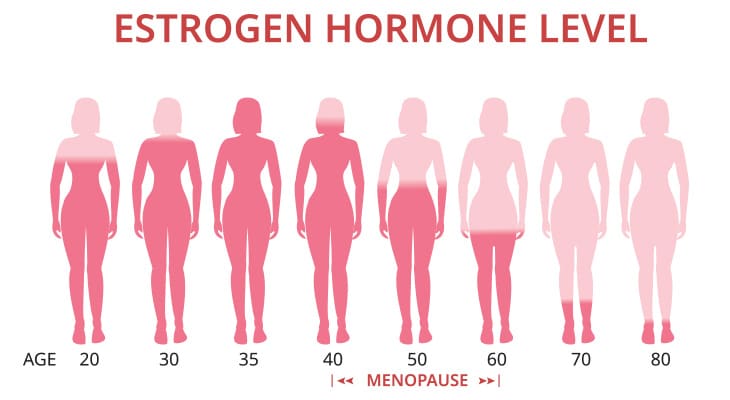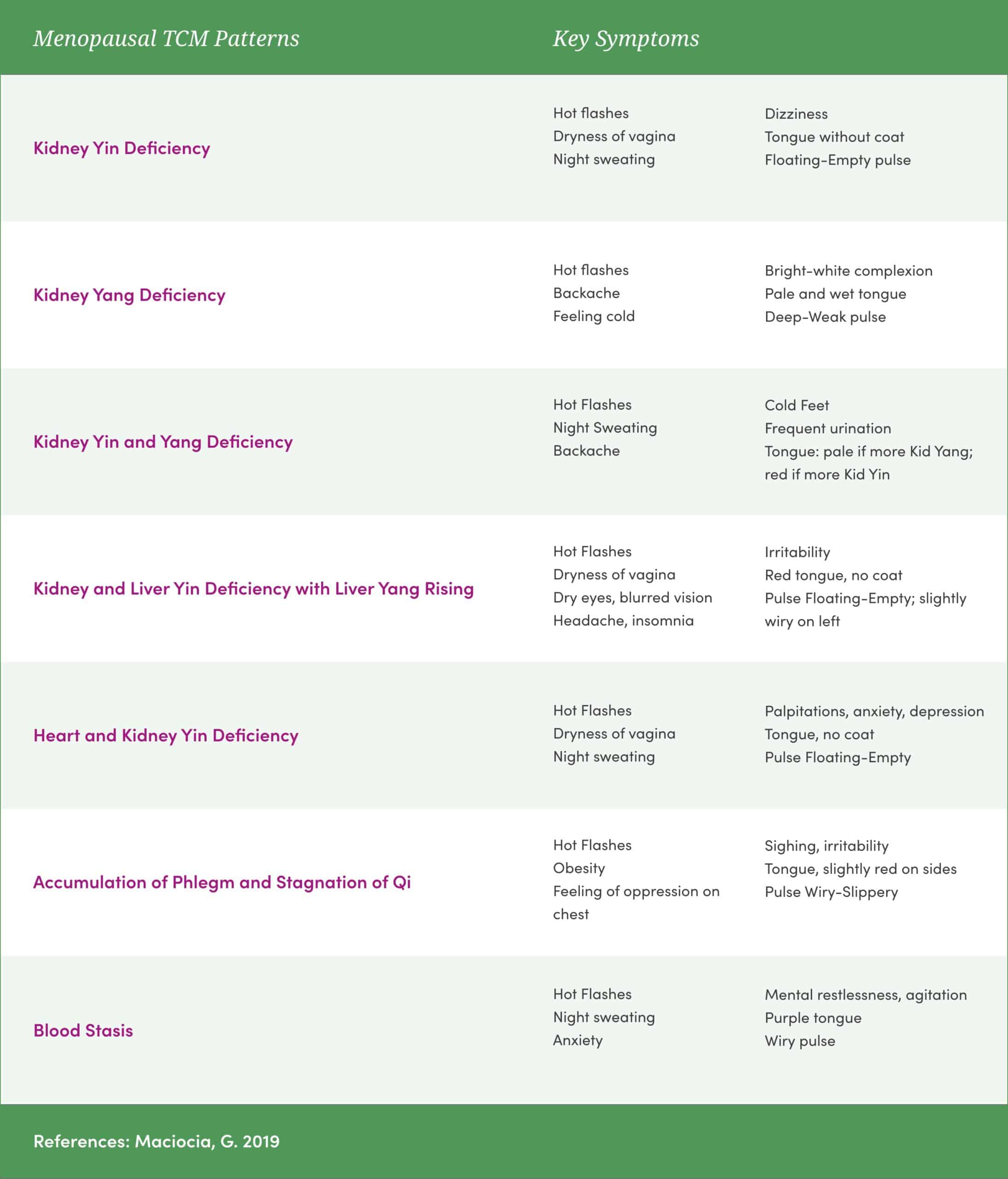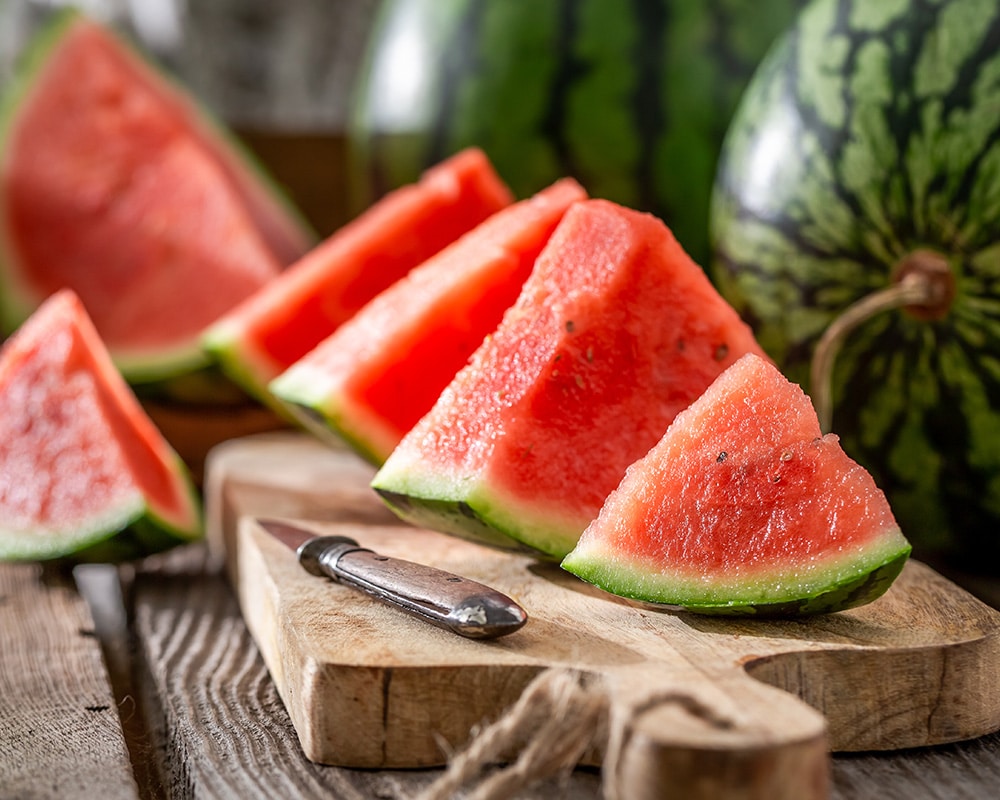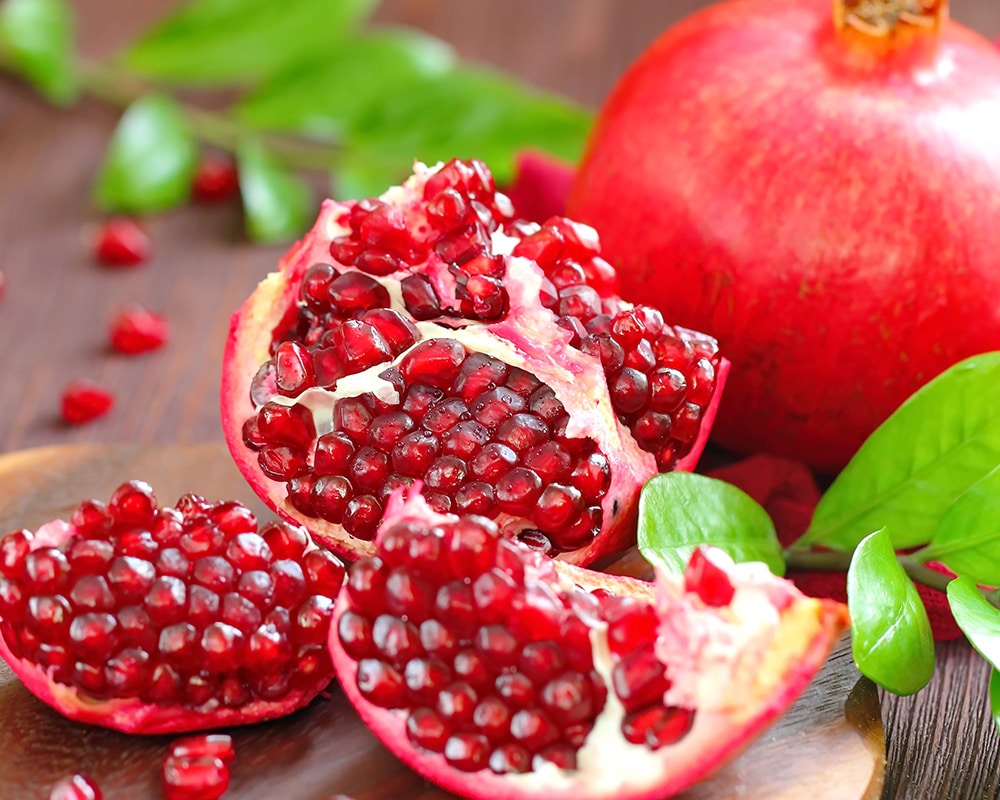Reduce Menopausal Hot Flushes with Acupuncture
Discover patterns of disharmony in the body to restore balance
Hot flushes are among the most common symptoms of menopause, along with a range of other debilitating and sometimes painful experiences that women may endure for years.
Did you know that acupuncture can alleviate hot flushes and provide support during menopause?
This ancient Chinese medicine approach treats individuals by identifying patterns of disharmony and gently restoring balance to both the mind and body.
How the West and East view Menopause
Menopause, defined by Western medicine as the cessation of periods for a year, encompasses a journey from Peri to Post Menopause that can span many years, even more than a decade, and is fraught with a myriad of symptoms and changes. For some women, it can be extremely difficult, disruptive and even despairing. From hot flushes and night sweats to anxiety and mood swings, these symptoms are often attributed to the decline of oestrogen, with women expected to suffer in silence.
Shrouded in stigma for far too long, menopause is finally stepping into the public spotlight and the conversation surrounding menopause is evolving, thanks to influential women advocating for change and raising awareness about available treatments, both within the NHS and alternative medicine.
With a rich history spanning over 2500 years, Traditional Chinese Medicine (TCM) provides a distinct viewpoint, defining menopause as the “Second Spring” – a period embraced as a time of rejuvenation and regeneration. Recognising it as a natural phase within the cycle of life, TCM acknowledges the transitions from birth, growth, puberty, reproduction, menopause and beyond, refraining from categorising it as a disease or ailment to endure.
In TCM, the equilibrium between Yin and Yang holds significant importance, with Yin representing qualities of coolness, calmness and moisture, often symbolised by oestrogen. Menopausal symptoms emerge when this delicate equilibrium is disturbed, commonly attributed to patterns such as Kidney Yin Deficiency or Kidney Yang Deficiency.
When menopausal women experience underlying imbalances, such as excesses or deficiencies in the body, it can disrupt their normal bodily functions reliant on moisture or cooling mechanisms. This is why menopause itself is not considered the ailment; it is the disharmony within the body that exacerbates symptoms like hot flushes or night sweats.

Hot flushes are frequently associated with a pattern known as Kidney Yin Deficiency, also referred to as Empty Heat. This imbalance stems from a lack of Yin relative to Yang, the latter representing warmth, activity and daytime. Consequently, hot flushes can occur uncontrollably, often manifesting during the night, a period traditionally associated with Yin energy.
Another key concept in TCM is that we are all born with “Pre-Heavenly Essence” or Jing, representing our vital force inherited from our ancestors, parents and DNA. This essence serves as our life force, gradually drawn upon throughout our existence until it is depleted, signifying the completion of our life’s journey.
Jing is believed to reside within our kidneys, which play a vital role in growth, reproduction and overall development according to TCM principles. Throughout our lives, we replenish Jing with “Post-Heavenly Qi,” symbolising the transformation of food and air by the body’s processes. However, challenges such as chronic stress, poor lifestyle choices and inadequate nutrition can accelerate the depletion of Jing, adversely affecting our well-being, health and lifespan.
From the Chinese perspective, menopausal symptoms, notably hot flushes, night sweats, and vaginal dryness, stem from the physiological decline of Tian Gui, a concept rooted in Jing and akin to oestrogen in its Yin qualities. Tian Gui, often simplified as menstrual blood, ovarian follicles and eggs in women, and sperm in men, undergoes a gradual depletion during the menopausal transition, contributing to the manifestation of these symptoms.
What distinguishes TCM from Western medicine is its individualised approach, recognising that each person’s experience of menopause is unique and emphasising balance and harmony within the body and treating each individual with reverence and respect.

Understanding the TCM deficiencies behind menopause symptoms
In this framework, while Kidney Jing Deficiency and Kidney Yin Deficiency stand out as prevalent patterns among menopausal women, several other TCM patterns like Kidney Yang Deficiency, Kidney and Liver Yin Deficiency with Liver Yang Rising, and Kidney and Heart disharmony are also commonly observed. It’s essential to recognise that TCM patterns are not isolated but intricately interconnected. They serve as diagnostic tools, guiding treatment approaches tailored to each individual’s unique manifestation of symptoms.
For those seeking clarity, certain signs and symptoms often align with specific patterns, as outlined in the table below by renowned acupuncturist Maciocia. However, it’s crucial to highlight that this table is merely a guideline; a qualified acupuncturist should always conduct a thorough diagnosis. When menopausal symptoms manifest severely, it could signify an underlying pathology not covered in the listed patterns, necessitating a different TCM approach and treatment plan.
Common TCM patterns for Menopausal Symptoms


How acupuncture works
Acupuncture is a safe, gentle and profoundly effective practice, highly recommended for addressing hot flushes and other menopausal symptoms. It can be used alongside conventional HRT treatments.
By inducing a sense of well-being, acupuncture soothes the mind and nervous system, and facilitates the restoration of inner balance. The effects of acupuncture accumulate over time, which is why a series of treatments tailored to individual needs and circumstances is recommended, regardless of whether symptoms are acute or chronic.
In addition to acupuncture, naturopathic guidance and lifestyle adjustments play integral roles in the healing process. Central to acupuncture is the acknowledgment of individual differences and unique symptomatology. It’s helpful to consider the body as a micro system, connected with the broader natural world – each individual navigating their own landscape of changing seasons, cycles and rhythms.
During menopause, as hormonal and physiological shifts unfold, existing symptoms may intensify or new ones may emerge, revealing underlying pathologies or predispositions. This juncture prompts a holistic look at your diet and lifestyle practices to support optimal well-being.

What happens during an acupuncture consultation?
Finding a qualified acupuncturist is paramount. Acupuncture operates on the principles of energy medicine, making it essential to connect with a practitioner who resonates with you. Trust your instincts in this regard.
During the initial consultation, which can span up to 90 minutes, the acupuncturist delves deep into the patient’s medical history, probing into various aspects such as signs and symptoms, lifestyle habits, sleep patterns, digestive health, gynaecological history, as well as mental and emotional well-being. Employing techniques like tongue diagnosis, pulse assessment, and keen observation of physical characteristics and mannerisms such as their complexion, posture movement and voice, the practitioner gains insight into the patient’s condition. Palpating acupuncture channels along the body further aids in diagnosis.
Once a comprehensive assessment is made and TCM patterns are identified, the acupuncturist devises a tailored treatment plan, typically lasting 20 – 25 minutes, which may include needling (there are 365 acupuncture points), moxibustion, gua sha or cupping. After the initial assessment and diagnosis, the acupuncturist will recommend a personalised treatment plan, typically involving a series of follow-up sessions lasting around an hour each.
Integral to the treatment plan are dietary and lifestyle suggestions. For instance, if the focus is on Nourishing Yin, the acupuncturist may advocate incorporating Yin-tonifying foods into the diet to fill the body with cooling and moistening qualities. Foods such as apples, eggs, honey, nettles, pears, pineapples, pomegranates, seaweed, sweet potatoes and watermelon are encouraged, along with restorative practices like Qi Gong or gentle walks. Conversely, the avoidance of Yang-inducing foods and activities – such as chillies, coffee, red wine and red meat – as well as excessively fast-paced or strenuous pursuits, is emphasised to maintain balance and harmony within the body.



Restore balance in the body
Menopause brings a host of challenges, with hot flushes being a prominent symptom. However, acupuncture offers a holistic approach to alleviate these discomforts and support women through this transition. By understanding the unique patterns of disharmony within the body, acupuncture seeks to restore balance and promote overall well-being. A thorough consultation with a qualified acupuncturist is essential to tailor treatment plans to individual needs.
Written by Ann Berni-Wright, Acupuncturist & CNM Acupuncture Lecturer
www.TheNaturopathicAcupuncturist.co.uk

